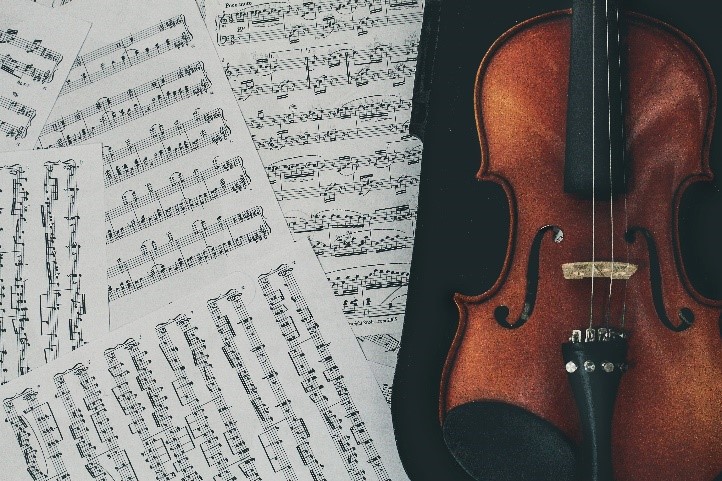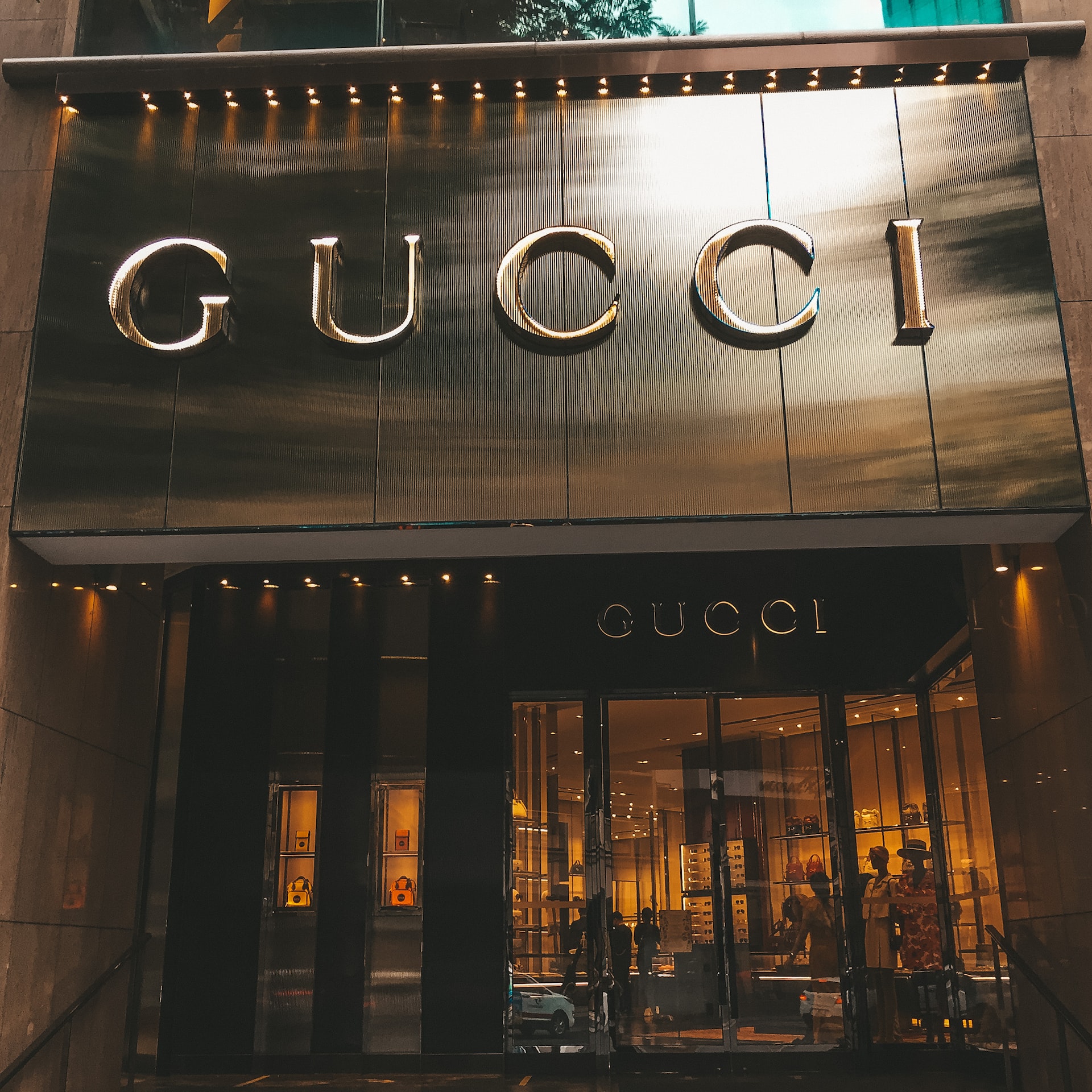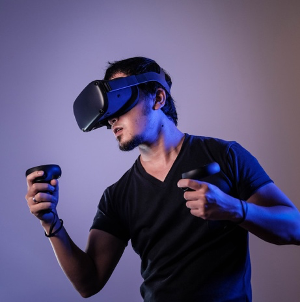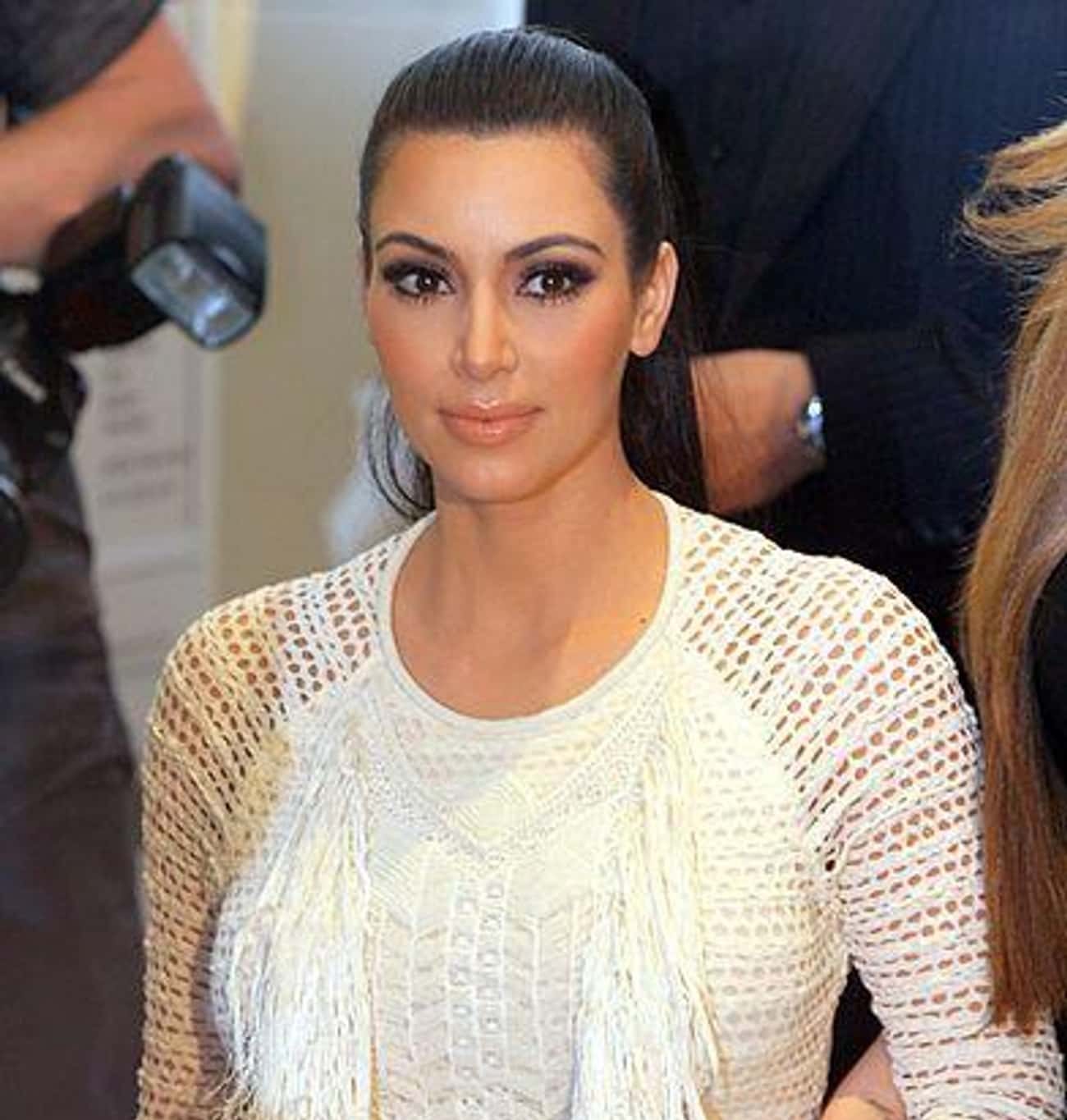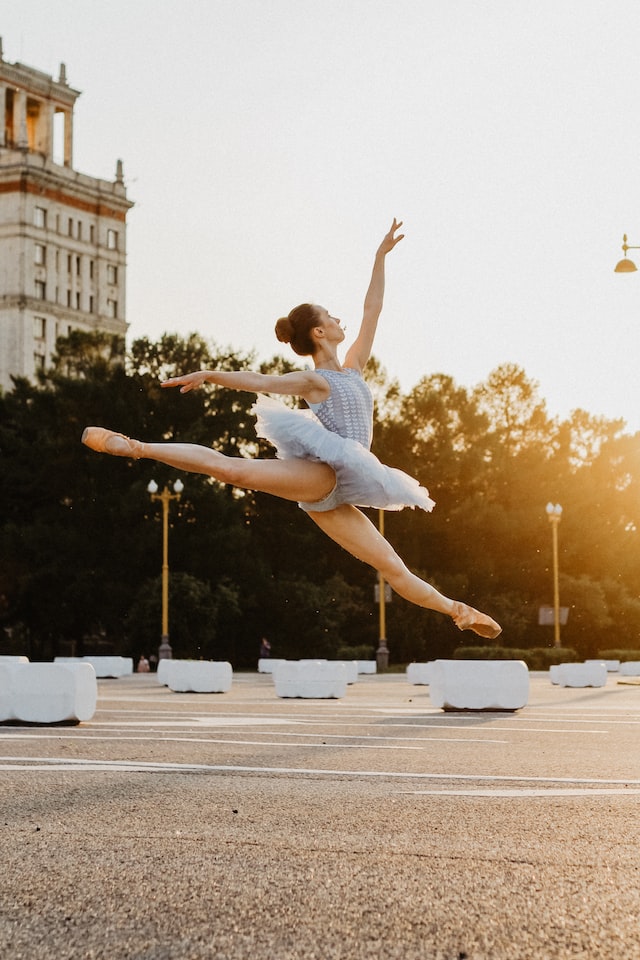
Sports, Photography, and Copyright: Who Has the Rights?
For sports fans, photographs taken during competition can become iconic. Muhammad Ali standing over Joe Frazier, the United States Hockey Team celebrating the “Miracle On Ice,” and Tiger Woods at the Masters are a few examples. Sports photos are highly marketable, but who owns and has the rights to use these photos?
Continue reading “Sports, Photography, and Copyright: Who Has the Rights?”
